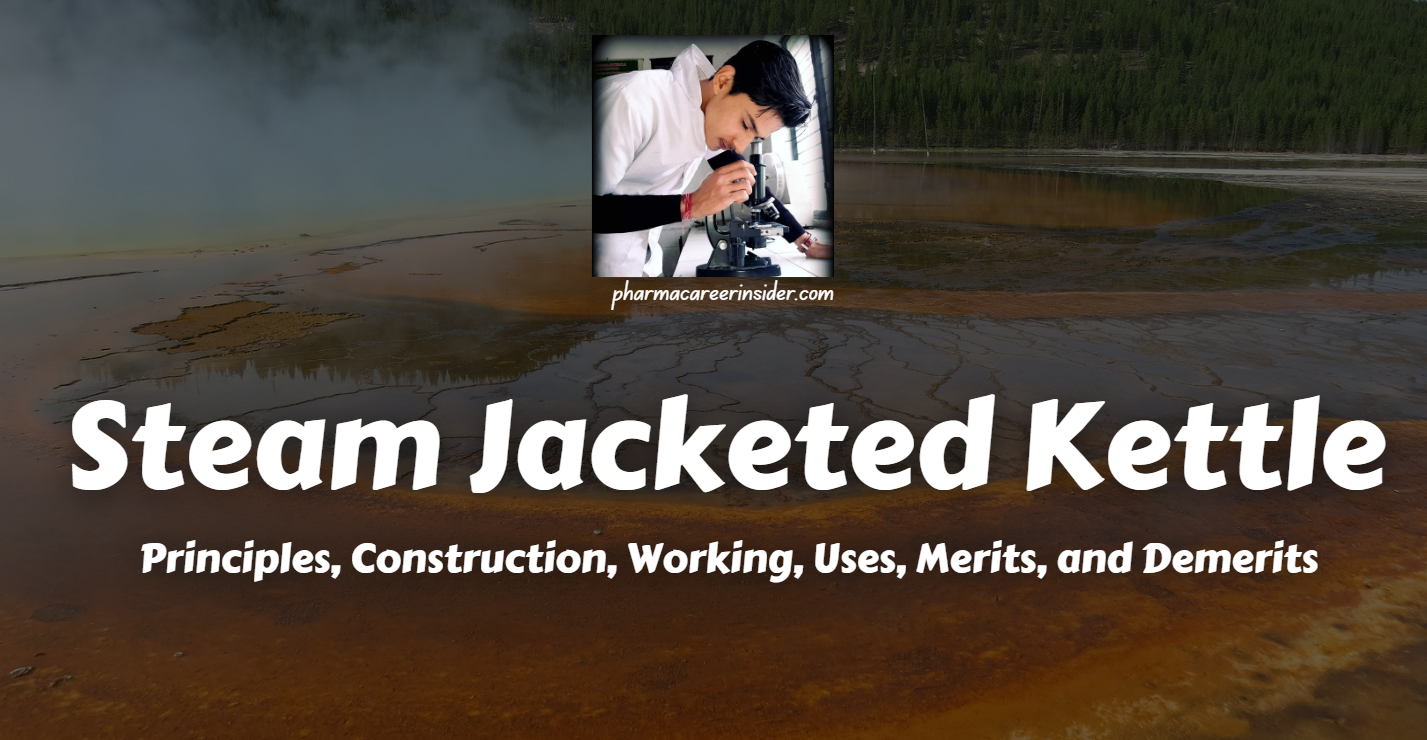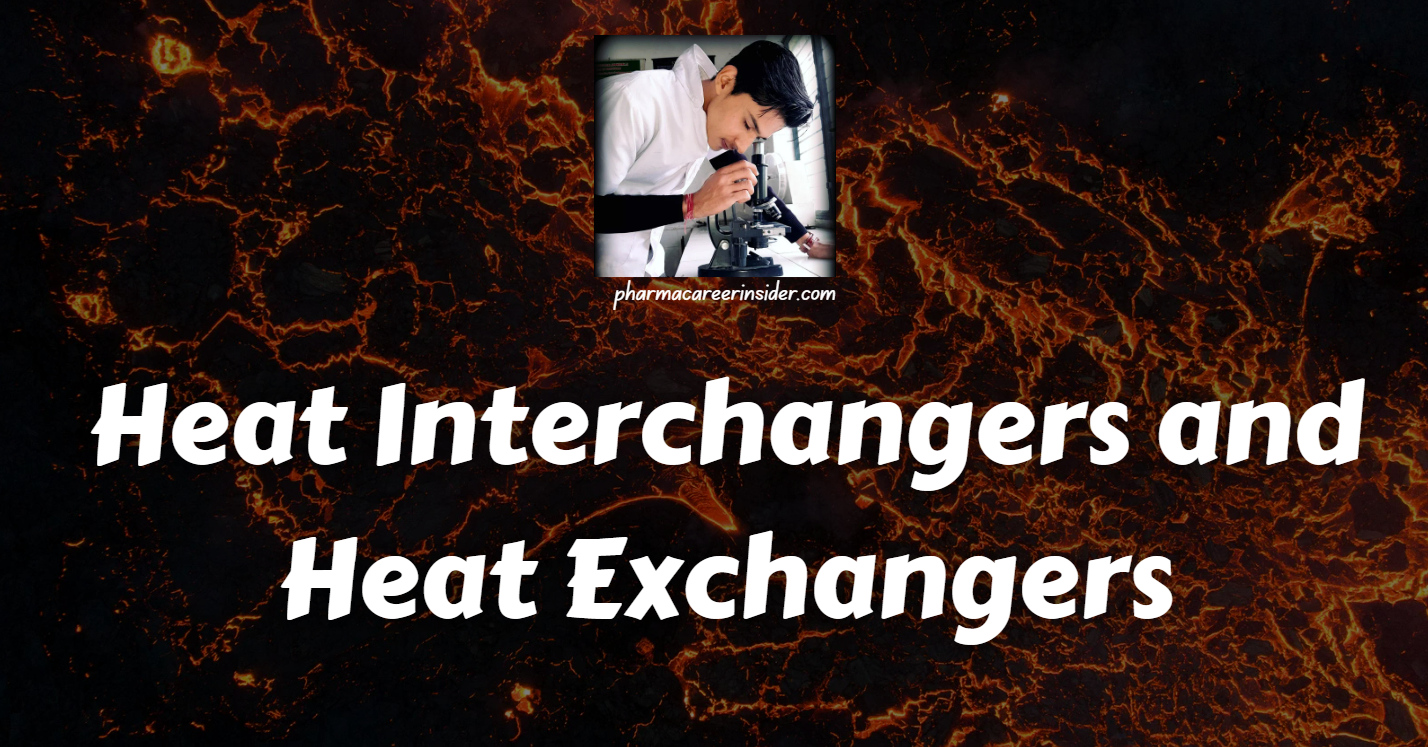Fractional Distillation: Basic Principles and Methodology
Introduction to Fractional Distillation Fractional distillation is an advanced separation technique that refines the principles of simple distillation. It is employed to separate components in a liquid mixture based on their boiling points by utilizing a fractionating column, which enhances the separation efficiency. This process is crucial in the production of high-purity substances and is … Read more










